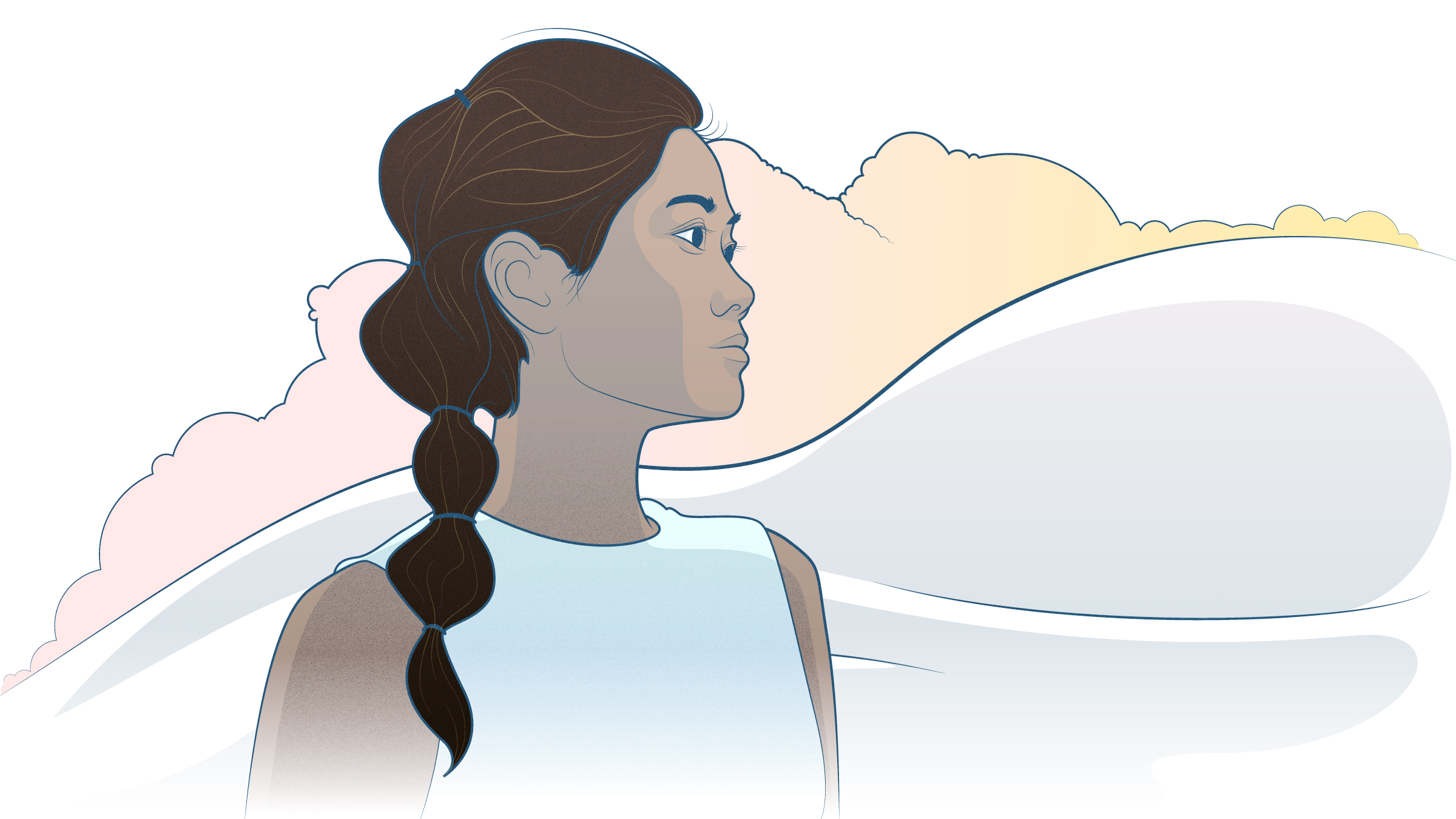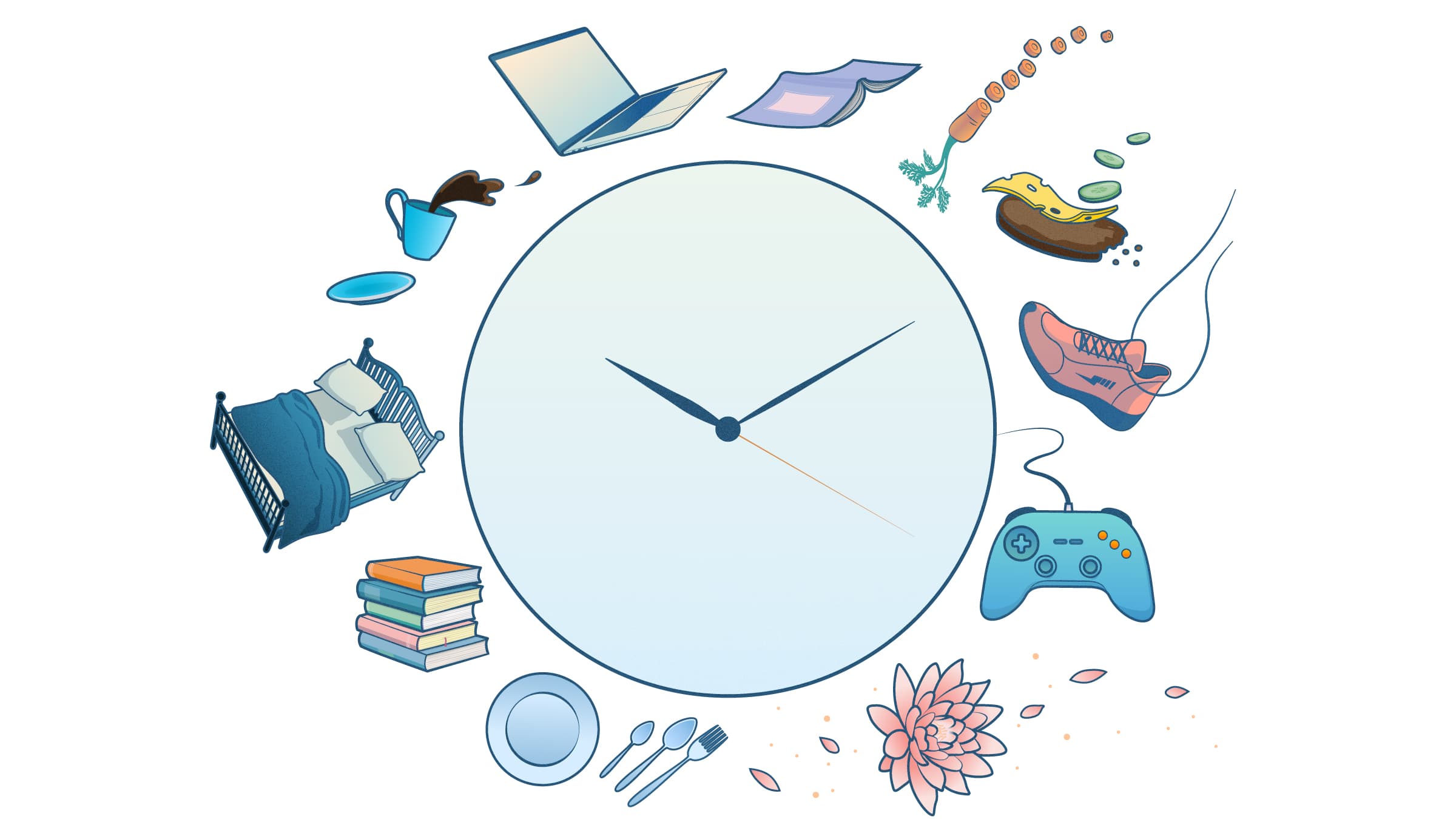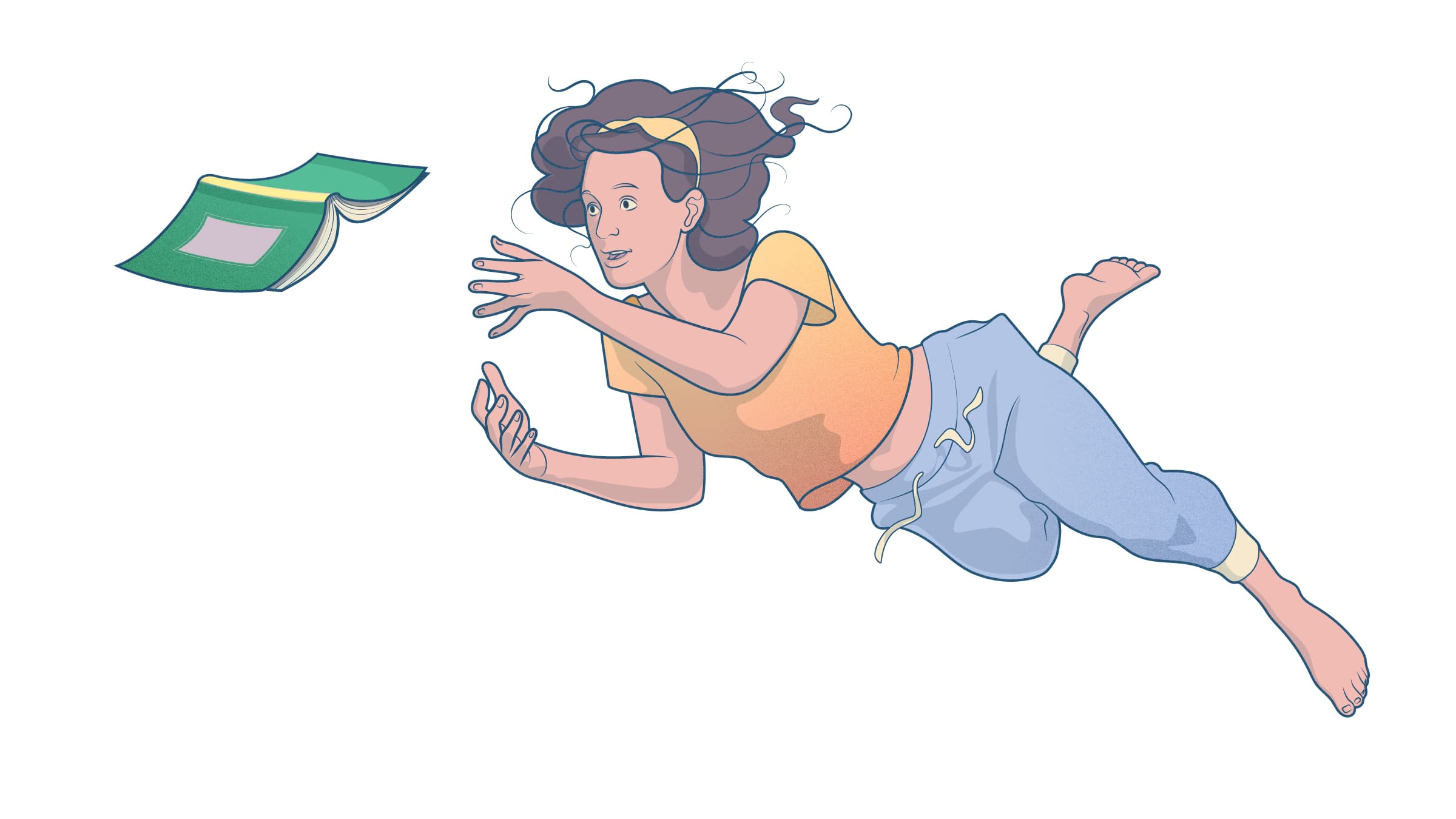
About those hours, though. Of sleep every night, that is.
We want to underline what we said a few days ago – don’t stress out over some perception of how many hours of sleep you need. No one else but you know what you need, and if you don’t know, then no one else but you can find out.
Depending on where we are in life, our sleep patterns vary. Young people tend to sleep more, old people less, babies a lot (no, really, they do) and parents to these babies, not so much (cause babies didn’t get the memo on regularity either). You could get sick and sleep tons but wake up weary, or not sleep much but still feel fine. So take it from us, cause we’ve tracked sleep for a decade. Here’s our OneOhOne on sleep tracking:
If you feel rested, you probably are.
If you don’t, you probably aren’t.
And if so, don’t worry about it.
If you feel rested, you probably are.
If your commitment remains true to this course, you have defined a regularity window and you’ve followed it for a few days.
You go to bed at your earliest possible bedtime. You get up at your set wakeup time. Weekends are no exceptions. Your time in bed is for sleeping. You spend no less than five and a half hours in bed per night, no matter.
Essentially, you’re restricting your sleep window. Not your sleep, by definition, but the time for it, in your quest for better sleep.
You’ll know this is working when your sleep efficiency is high and the time spent in bed is dedicated to sleep.
Your own measurement point for this is that if you feel rested in the morning, you probably are. If you can manage chores, work, family or whatnot, then that feeling is probably true throughout the day as well. You can still be tired, especially if you got a lot going on, but if you’re exhausted … well, either you’re working yourself too hard or you’re not getting the rest you need yet. The two together is not a rare combination.
If you’re starting your sleep restriction from the five and a half hour limit, you’re likely to still feel tired, even if your workload when you’re awake is reasonable. But if those hours in bed consist mostly of restful sleep, then your training is paying off. You’re on your way to positive change.
Now, take note. Here’s where things get real interesting. As if they weren’t already.
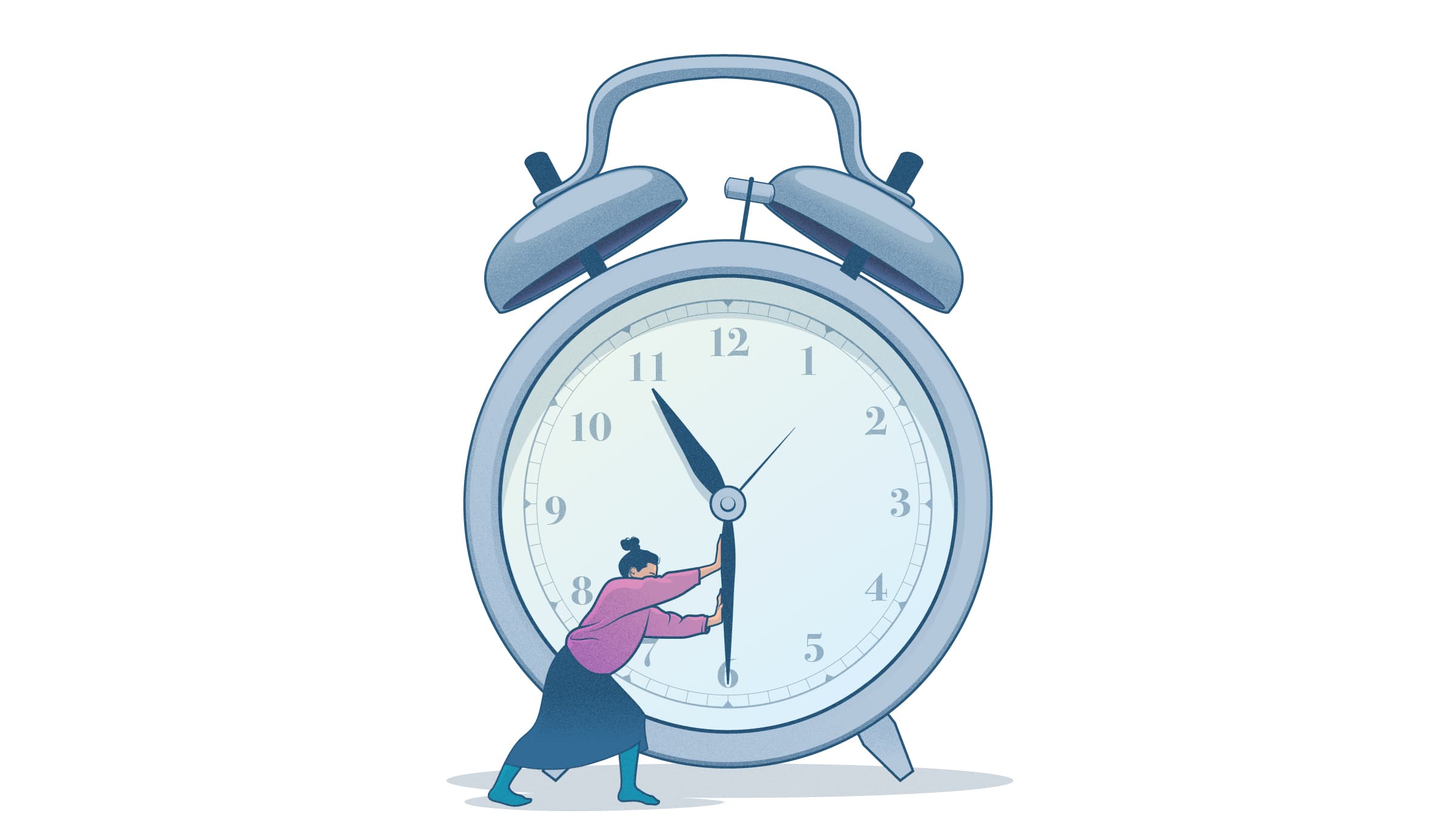
After about a week, you can shift your earliest possible bedtime back with about 15 to 30 minutes. This increases your window for sleep and pushes your bedtime back.
So if your earliest possible bedtime was 11:30PM before, then perhaps it’s time to go to bed at 11:00PM after a week of restricting your sleep window like this. Don’t tweak your wakeup time. That one’s your constant. Do not change that.
No, really, we mean it. Don’t change your wakeup time. Only your earliest possible bedtime.
Gradually, as the weeks progress, you can repeat this exercise to increase your earliest possible bedtime per week by 15 to 30 minutes. If it’s working for you, then you’re feeling sleepy at your earliest possible bedtime and you’re ready to sleep.
But if not, then just don’t go to bed. As you’re expanding your window, earliest possible bedtime means if you’re sleepy, you can go to bed now. If you’re not sleepy, then wait. Because bed is for sleep, remember?
Just never, ever, go below the five and a half hour line rule. Even if that time’s not all spent on sleeping. Only people who feed a mogwai after midnight would do that.
At some point, you’re at a place where you’re getting the hours you need. When you’re there, you stop expanding your earliest possible bedtime because now, you’re in a place where you can obtain your best possible sleep.
How do you know when that is, though?
It’s like we said a few sentences ago. If you feel rested, you probably are. If that feeling remains throughout the day and your workload’s reasonable, it’s most likely true. Furthermore, if your hours in bed are spent on sleep, then that’s even stronger proof that you’re where you should be.
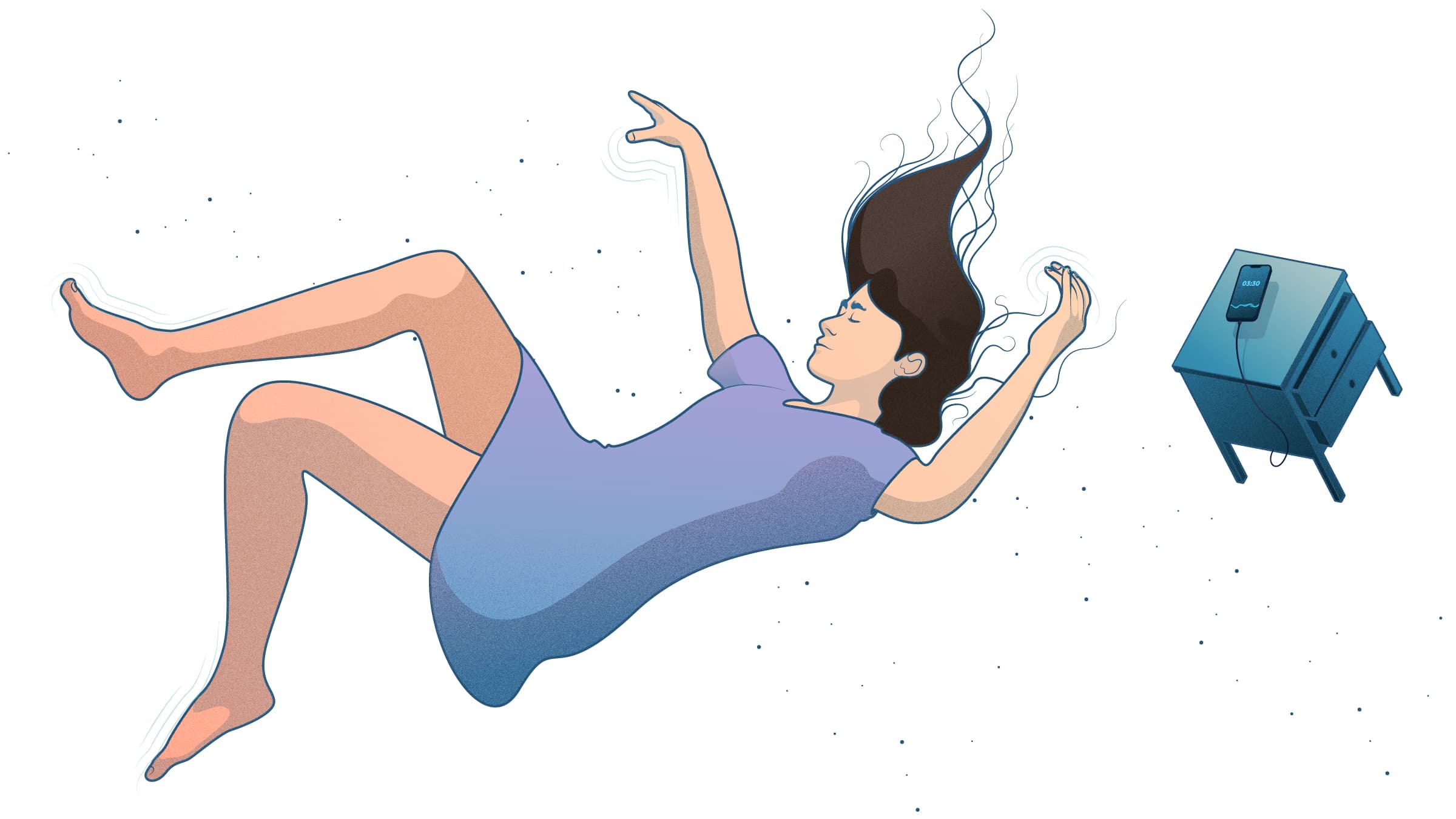
At some point, you’re at a place where you’re getting the sleep hours you need.
But for now, our advice is to stay with the times you’ve set. Let’s get that routine in place. Give your brain a chance to learn. We’ll remind you in a few days when it might be time to expand the window.
Meanwhile, listen to your body every morning. Reach out to it, and be honest to yourself.
Do you feel rested?
If you do, your training’s paying off.
If not, keep working. Don’t worry about it. You’re not failing. This is all part of the deal.
Until next time, Sleep Cycle with Martin Reed from Insomnia Coach®
BRIEFLY
Don’t stress out over how many hours of sleep you need. We’re all different. Instead, be curious and find out where your baseline is. Practice sleep restriction to slowly expand your earliest possible bedtime over time, until you’ve found the hours that are right for you.
